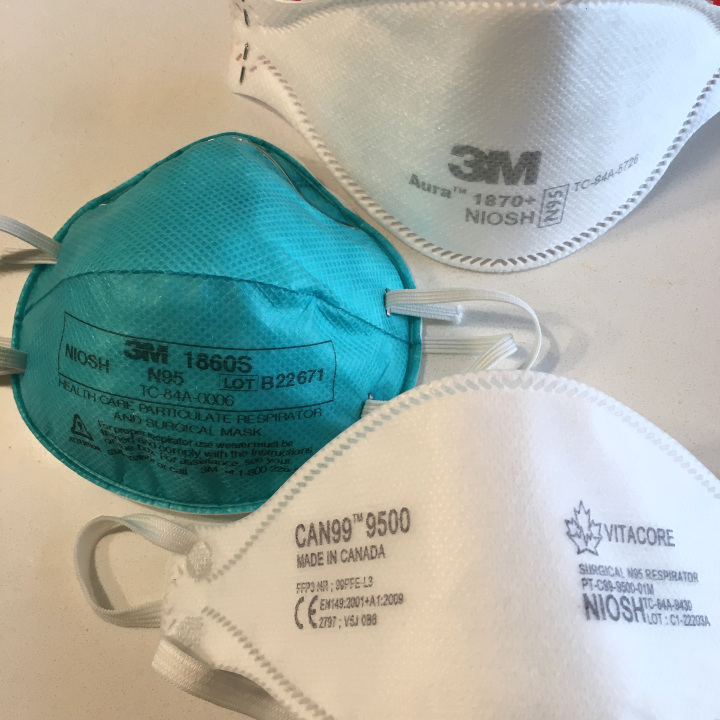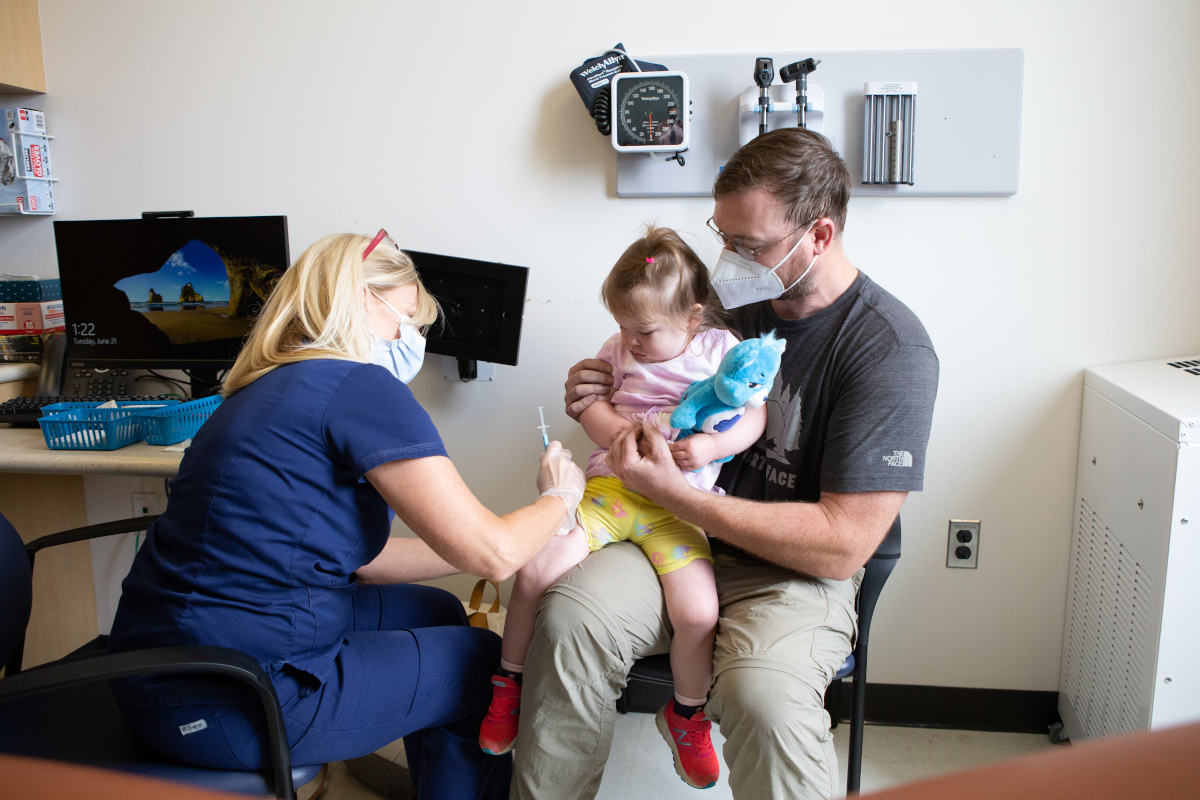A study of 1,037,936 US children seen in 17 healthcare systems across the country shows that COVID-19 vaccines are moderately protective against long COVID: 35% to 45%, with higher rates in adolescents. The study was published today in Pediatrics.
The researchers estimated vaccine effectiveness (VE) against long COVID in children aged 5 to 17 years. Though severe COVID-19 cases are less common in children than in adults, persistent symptoms in children do occur.
“It is difficult to establish how much this results from differential reporting of symptoms at different ages, greater difficulty distinguishing long COVID from other childhood illnesses or effects of the pandemic (eg, disruption of seasonal viral patterns, or of school progress,” the authors wrote.
Comments closed
